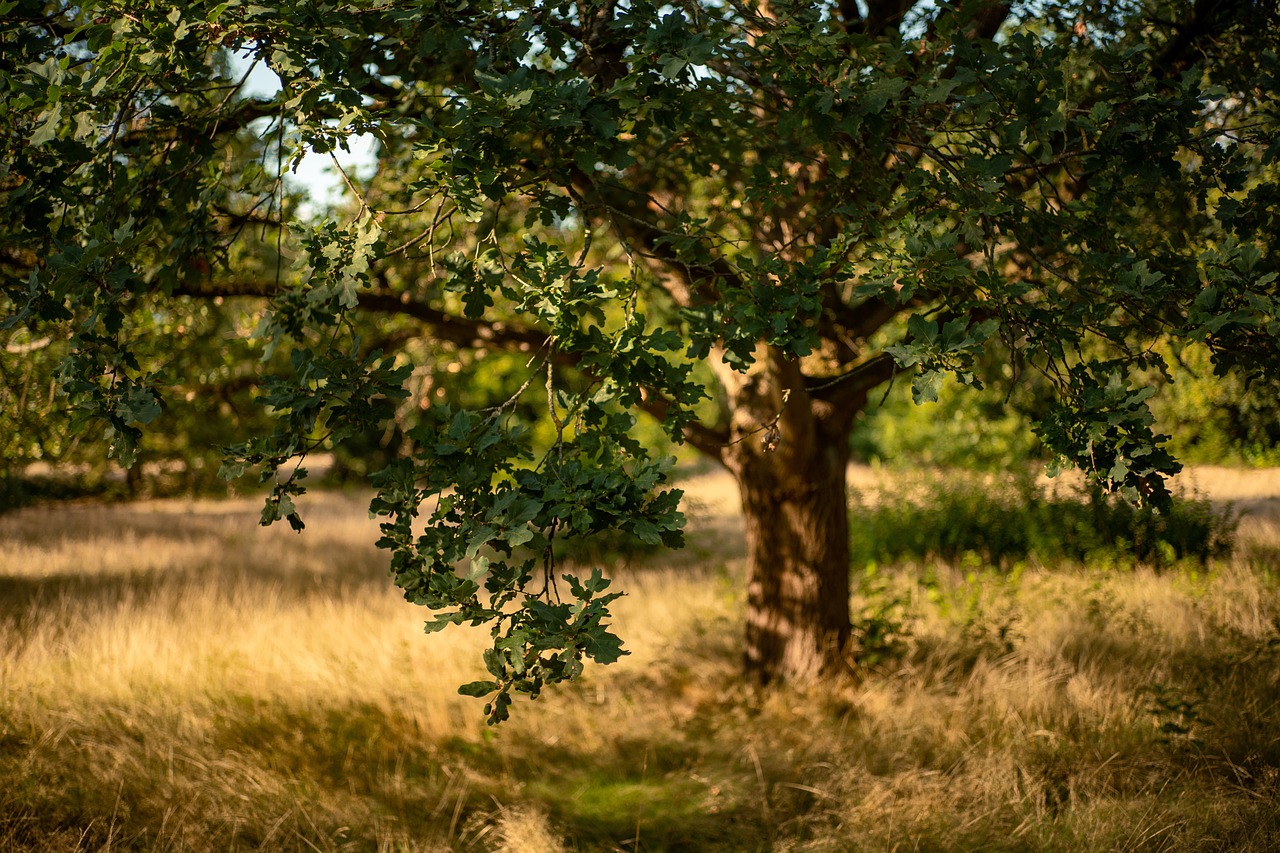Source: Grist
Excerpt:
If you wanted to point to a tree that can handle climate change, you might start with the bur oak.
When the Earth cooled millions of years ago and tropical species started to die off, the oaks which comprise the Quercus genus began diversifying and moving southward. New species emerged and spread across North America, down into Mexico, and in time diversified further — giving rise to the nearly 300 oak species in North America.
A warming planet will reshape the range where oaks will and can grow. As the family of giant trees — at mature height, a bur oak can clear seven-story buildings — lurches northward, a multistate investigation into the future of oak trees and American forests is underway in three sites across Illinois, Minnesota, and Oklahoma.
Deep inside the Morton Arboretum this fall, a 1,700-acre botanical garden in Chicago’s western suburbs, Andrew Hipp hopped off a golf cart and stepped into a part of the arboretum closed to the public and dedicated to research.
Read more: To understand the future of forests in the warming world, look to the bur oak





